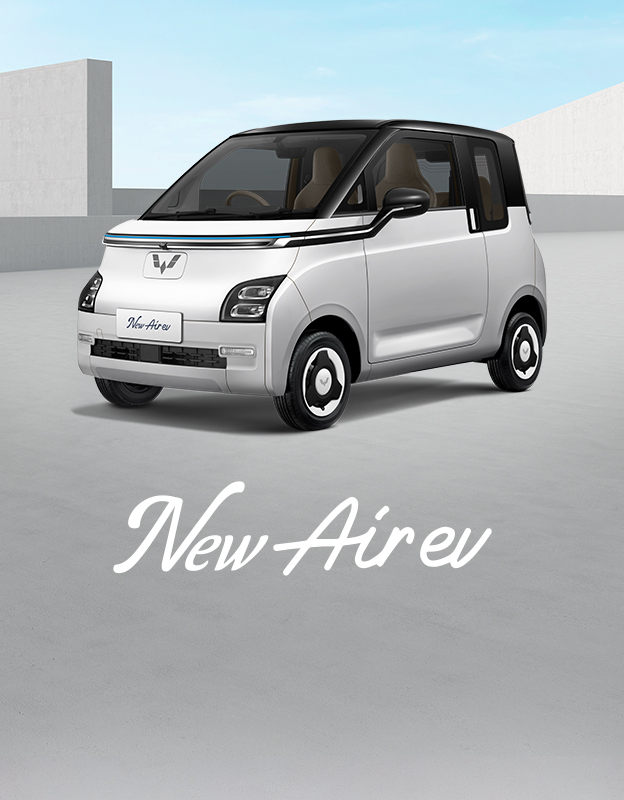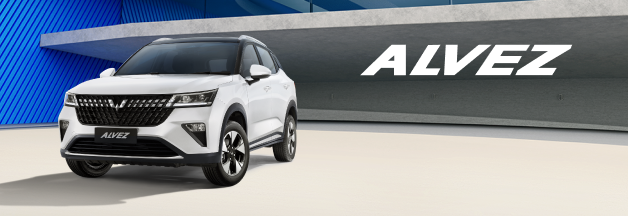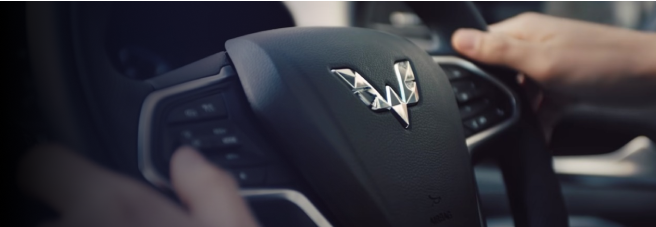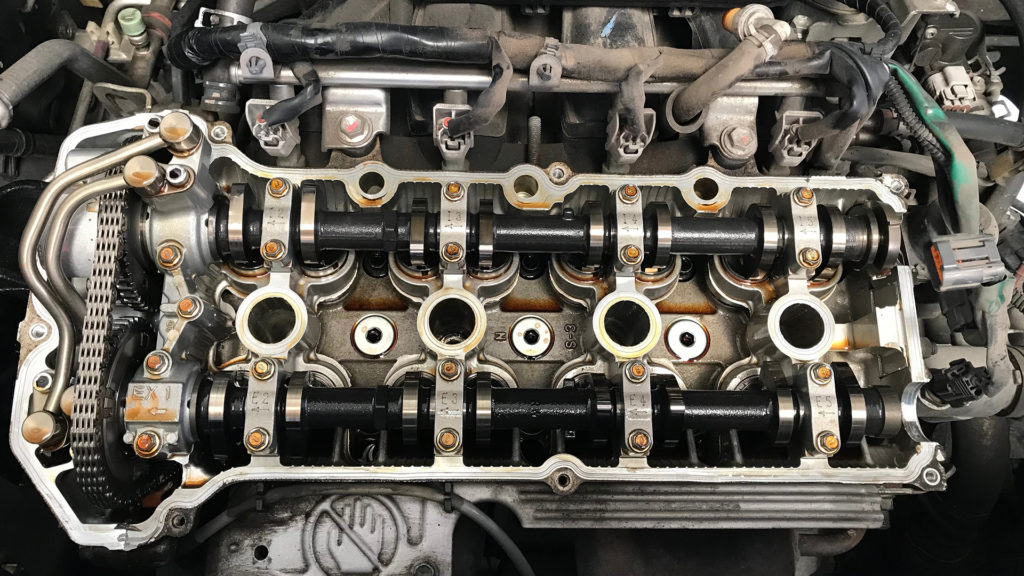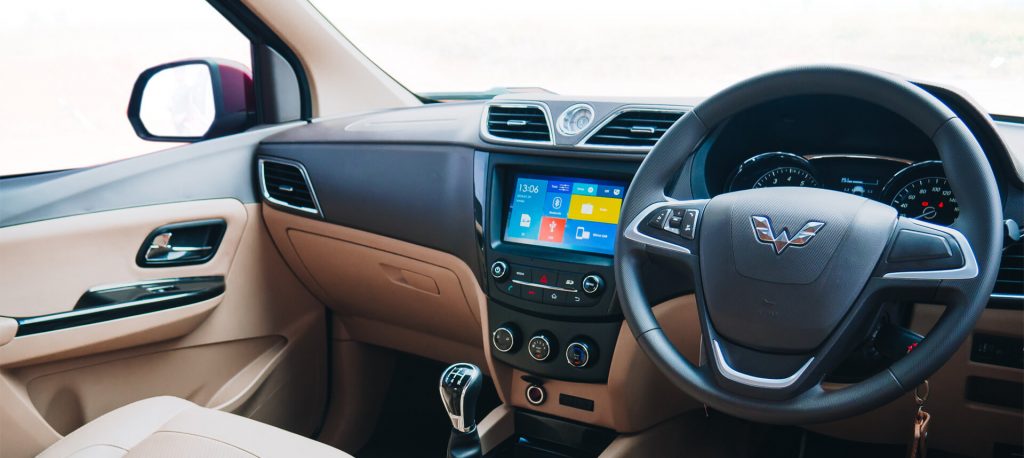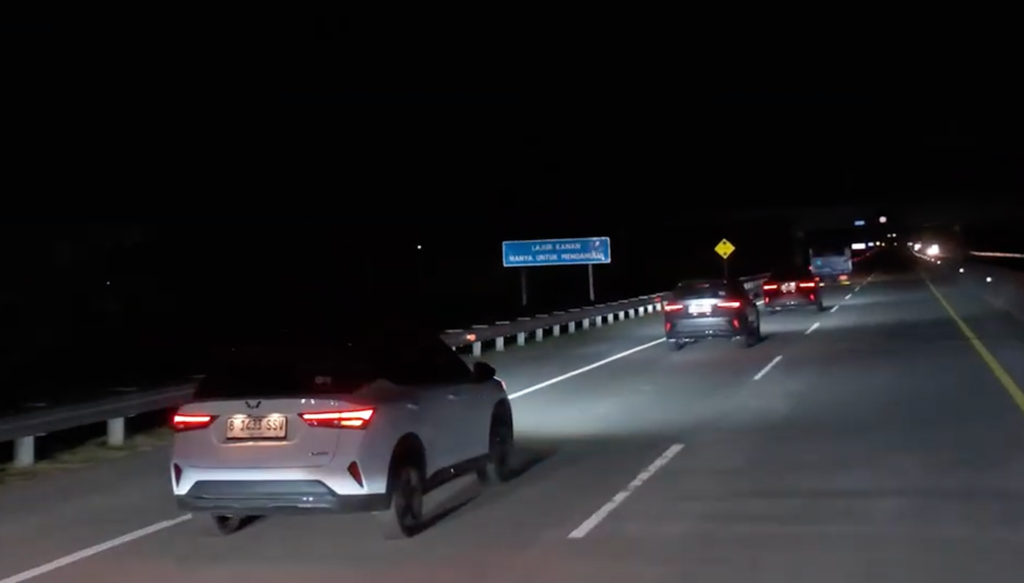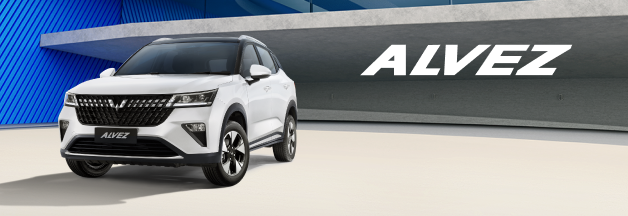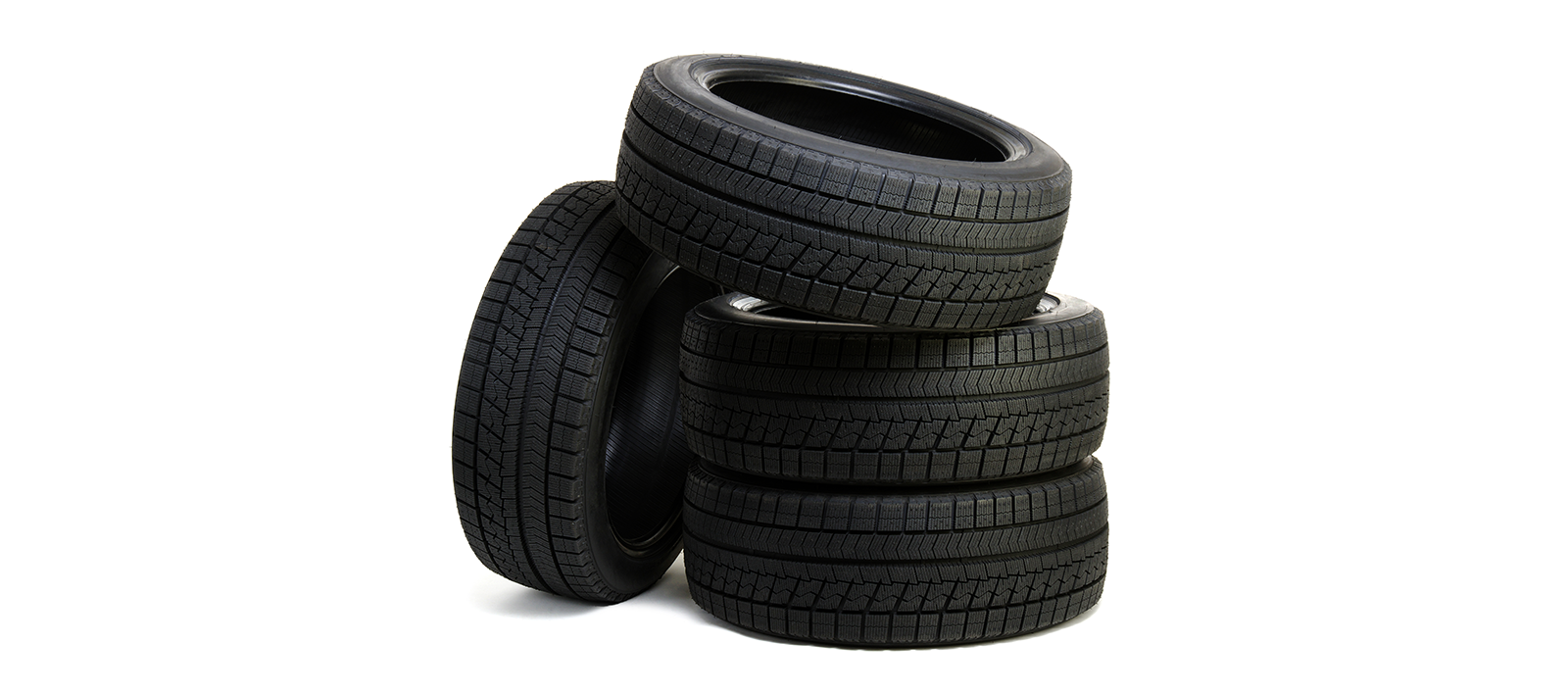
Tires are one of the most important components of a car. In addition to functioning so that the car can run smoothly, car tires are required to maintain the safety of the driving of the Wuling Family. Therefore, as a car owner, you must understand how to read the tire size and type according to your type of vehicle, as well as how to take care of it.
Why so? Is because tires have an age of use, and if they pass the maximum age, it is strongly recommended to replace them with new tires that match the type of the car. It is not difficult to read the size and specification of the tire, because each has its code on the tire wall.
Wuling makes your life easier by presenting the TPMS (Tire Pressure Monitoring System) feature in every car. The function of this feature is to monitor tire pressure. The latest information about your car pressure will appear on the Multi-Information Display (MID) screen. Hence, you don’t need to worry anymore as you can monitor the condition of your favorite Wuling car tires at any time easily.
Reading Tire Dimensions
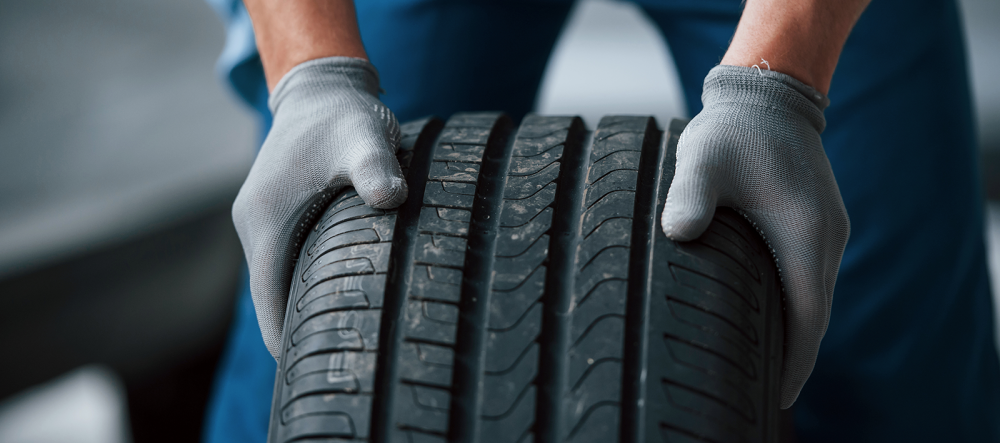
When you choose a tire for your car, make sure that the tire is suitable for the type of car you are using. To check it, you can look at the code written on the outside of the tire. 4 codes are usually found at the beginning of the code, P (Passenger Car), LT (Light Truck), ST (Special Trailer), or T (Temporary).
After you make sure you use the right tires, you also have to make sure of using a tire size that matches the condition of your current car. For instance, a car that uses 14-inch car wheels cannot have 15-inch tires. To see the dimension, you can check the tire code starting with R. R14 for 14-inch alloy wheels, R15 for 15-inch alloy wheels, and so on.
Baca Juga
You can also slightly modify the car’s low height by looking at the width of the car’s tires. This code is usually located in front of your tire size code. An example is the code 185/75 R14. This means that the tires used need to have a specification of 14-inch alloy wheels, 185 mm wide, and a 75% ratio.
If you want to change them to be taller, then you can use tires with a width of 190 and above. Conversely, if you want your car to be lower, you can use tires with a width of 180 and below.
Reading The Load & Speed Index
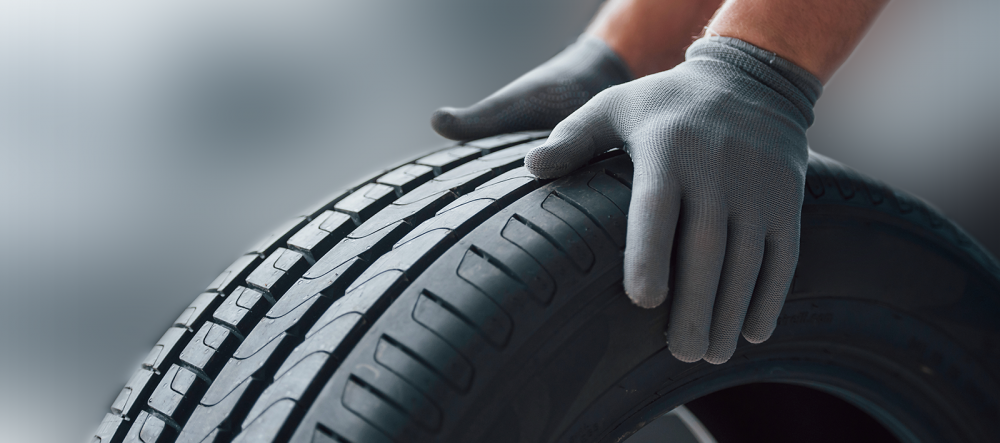
Apart from reading the tire size, another important aspect is to read the load and speed indexes that your new tires need to tolerate. You can find this index code on the backside, printed after the tire size code.
The following is a list of load indexes found on your car:
- 62 = the maximum load is 265 kg
- 63 = the maximum load is 272 kg
- 64 = maximum load is 265 kg
- 66 = the maximum load is 300 kg
- 68 = the maximum load is 315 kg
- 70 = maximum load is 335 kg
- 73 = the maximum load is 365 kg
- 75 = the maximum load is 387 kg
- 80 - 89 = the maximum load is 580 kg
- 90 - 100 = the maximum load is 800 kg
As for the speed index, you can find it printed after the load index code on the car tire. The following is a list of the speed indices found on your car:
- J = maximum speed is 100
- K = maximum speed is 110
- L = maximum speed is 120
- M = maximum speed is 130
- N = maximum speed is 140
- P = maximum speed is 150
- Q = maximum speed is 160
- R = maximum speed is 170
- S = maximum speed is 180
- T = maximum speed is 190
- U = maximum speed is 200
- H = maximum speed is 210
- V220 = maximum speed is 220
- V230 = maximum speed is 230
- V or V240 = maximum speed is 240
- V250 = maximum speed is 250
- V260 = maximum speed is 260
- W or V270 = maximum speed is 270
- V280 = maximum speed is 280
- V290 = maximum speed is 290
- Y or V300 = maximum speed is 300
- Z = maximum speed is over 300
Reading Age & Usage Interval
Baca Juga
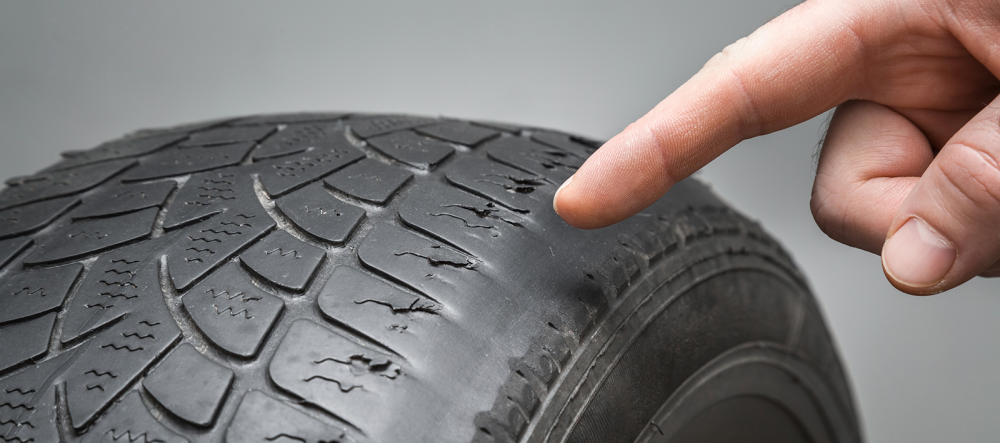
In addition to the codes on the outside of the tires above, there are also indicators made by tire manufacturers to determine the age of your tires. This indicator is called a Tread Wear Indicator (TWI) that you can see spread evenly through the main grooves in the tire tread.
You’ll know it’s time to replace a tire when it is flush with the level of the tread indicator. Don’t use your tires until the tread wear indicator is completely depleted because at this point your tires must have been very thin and cannot grip the road properly.
From this indicator, you can also estimate how long the interval for using your car tires. Be careful if the tread wear indicator is not visible between the tire treads, because most likely the tires used are old and have been retreaded. If you have found any installed on your car, you should immediately replace them for your safety.
Reading Production Code
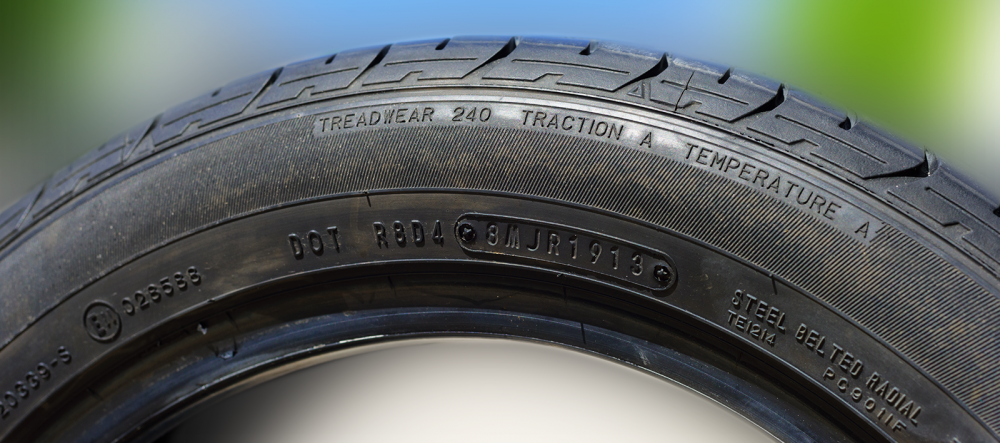
The tire production code has no impact on the expiration date of the tire, as it is calculated from the time the tire was used, not from its production period. However, you can see this tire production code to make it easier to check what year your car tires were produced and provide a sign of the tire warranty period from the manufacturer.
Usually, the guarantee period of a tire is five years from the time it is manufactured. Wuling Family can find the tire production code on the outside of a car tire. It consists of four numbers with an oval circle around it. They are not the same between one producer and another. The two numbers in the front indicate the week that the tires were produced, while the other two behind represent the year of manufacture.
For instance, if the number listed is 0220, that means the tire was produced in the second week of 2020.
Reading Tire Quality Ranking
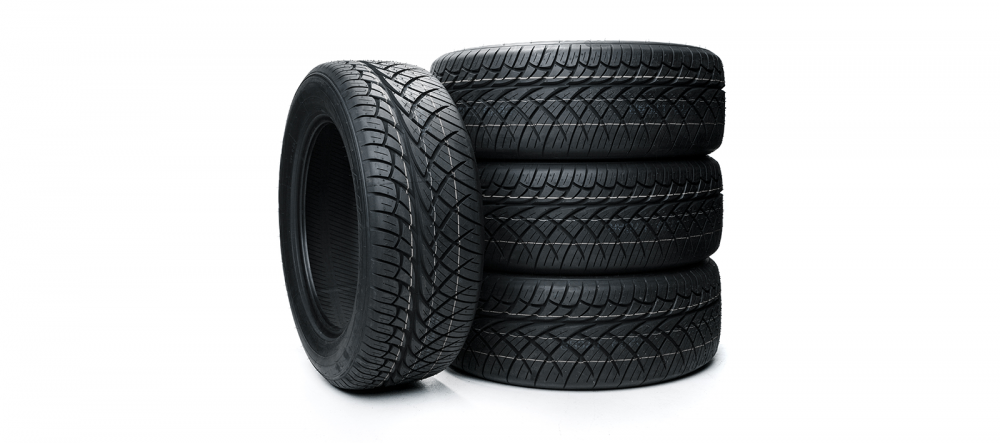
The quality of the tires will greatly affect your comfort while driving. If you use tires with poor quality, then, unfortunately, your comfort while driving will not be too good. To make it easier for the Wuling Family to find quality tires, here is a list of the best quality ratings that can be used as recommendations:
- Bridgestone
- GT Radial
- Dunlop
- Yokohama
- Falken
- Hankook
- Toyo
- Continental
Wuling Family, understanding car tire sizes and adjusting them to your car specifications is very essential. Not only is this related to your comfort while driving, but also more to the safety factor. If you use a Wuling Confero S car, however, there’s nothing you need to worry about. All thanks to the advanced TPMS feature on Confero that allows you to easily monitor your car tires' condition at any time.
SHARE:



